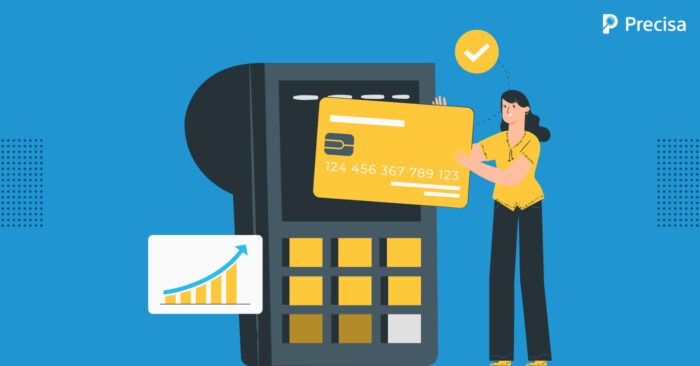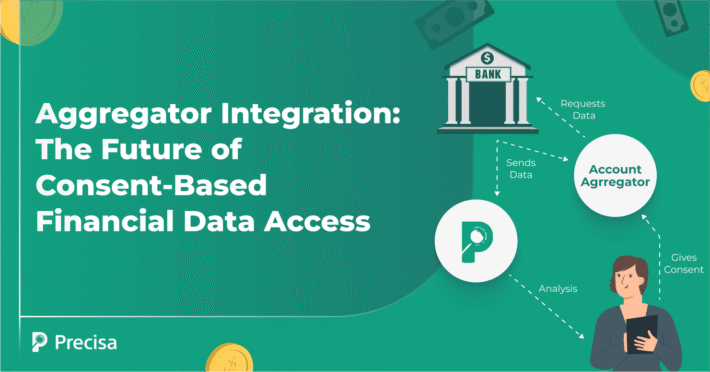How Fintech Firms Improve Finance and Web Payments in Rural India

“Where there is a will, there is a way.” This is how the fintech sector navigated the rocky roads of rural India. From demonetisation, India recognised the need to adopt new technology and embrace digital payments. Rural India lagged behind the rest of the nation in the digitalisation process.
India’s fintech market is the third largest in the world and is growing rapidly. India’s fintech industry is speculated to grow at accelerated rates globally, with a market value of $150 billion by 2025. Without a doubt, fintech companies can radically change India’s financial services and financial inclusion landscape.
The rural sector needed to pick up the pace during the pandemic. Thanks to the efforts of various fintech companies, the rural populace has mastered the use of digital banking and payment methods.
The Rise of Digital Transactions During Lockdown
Digital payments have seen rapid development in India during the lockdown despite growing concerns over the spread of Covid-19, which caused a decline in physical transactions. According to data from the Reserve Bank of India (RBI), the total digital transactions during the pandemic increased from 3,412 crores in 2019–20 to 4,371 crores in 2020–21.
People were encouraged to use digital payments to simplify their lives and benefit from numerous government financial inclusion programs like Jan Dhan Yojana.
Role of Fintech Companies in Making Rural Populace Tech-Friendly
When the world shut down and physical transactions threatened humanity, digital transactions surged and rural India was on its way to shake hands with technology. Fintech companies worked hard to make safe and convenient banking services available to people in rural areas.
With the help of assisted payment businesses, millions of physical stores now provide cash withdrawal and money transfer services. Numerous businesses also set up mobile vans, point-of-sale (PoS) devices, micro ATMs, and kiosks throughout rural India to digitally collect utility bills, mobile bills, and other financial transactions from far-flung communities. These payments are made easier through online banking, UPI, Prepaid Payment Instruments (PPI), etc., and with cash.
1. Rural India and Assisted Payments
Irrespective of whether they live in their hometowns or the cities, rural clients are still disproportionately underbanked. These customers have shifted to assisted payments for their banking and financial needs since they are practical, accessible, and available outside regular banking hours.
With the assistance of fintech firms, neighbourhood mom-and-pop shops and small merchants can now provide customers with a wide range of banking and financial services. These locations have developed into a one-stop shop for customers seeking services like Aadhar-Enabled Payment Systems (AePS), micro ATMs, remittances, bill payments, etc. These business partners assist fintech companies in extending their services to the last mile.
2. Rise of Micro ATMs
Micro ATMs (MATM) through business correspondents (BCs) have emerged as a more affordable retail banking strategy than traditional ATM operations. Over the past two years, MATM and AePS transactions have increased by more than 200% due to increased cash withdrawals during the pandemic (for medical expenses and to avail of government cash subsidies).
The success of the government’s cashless incentives and Direct Benefit Transfers can be attributed to the existence of assisted payment companies in India’s rural areas. The demand for MATMs and AePS surged during the lockdown due to near-doorstep services offered by banking BCs.
According to RBI data, banks deployed 4.94 lakh MATMs by the end of August 2021, up from 3.07 lakh the previous year. This represents an increase of 60.9%. Cash withdrawals from MATMs rose to INR 26,830 crore in August this year from INR 19,513 crore last year. Not to mention, AePS and MATMs made it possible for millions of clients to withdraw money through the Jan Dhan Yojana and PM-Kisan Samman Nidhi during the pandemic.
These cash withdrawal options were used to pay for goods. Consumers can pay for their purchase using a biometric scan and an Aadhaar number by using AePS’s Aadhaar Pay service. Additionally, consumers can use MATM devices to accept card payments and serve as PoS machines.
3. Making Rural India Digital Savvy
Given that almost 62% of the country’s population resides in rural and small-town areas, providing access to basic financial services is still a top priority for the government and fintech firms. Fintech companies are digitising the cash that a sizable portion of the nation’s workforce generates through various banking and financial services. Through the range of digital payment options available in rural India, these stakeholders are advancing digital empowerment by expanding financial inclusion.
Additionally, as stated in Budget 2022, the government would emphasise adopting digital education across the country. The finance minister also stated in the budget that the government would develop new universities and courses at GIFT City to improve fintech education.
Final Thoughts
According to RBI data, start-ups and venture capital firms are swarming into the digital lending sector since there is an untapped audience of 120 million nominally employed Indians without credit cards. Following this pattern, digital lending start-ups received 44% of Fintech funding in 2020. The prognosis for the Fintech industry is positive, with more funding and increasing cooperation between established and new participants in the digital lending market.
India is poised to make a significant shift toward financial inclusion, with tech-driven solutions focusing on eliminating long-standing barriers like the rural-urban divide.
Fintech will greatly contribute to this endeavour and play a crucial role in the credit, lending, and borrowing landscape as it changes. With its powerful bank statement analyzer, Precisa is one such fintech that is revolutionising the banking industry by processing transactions swiftly, effectively, and safely. Book a free demo today!




